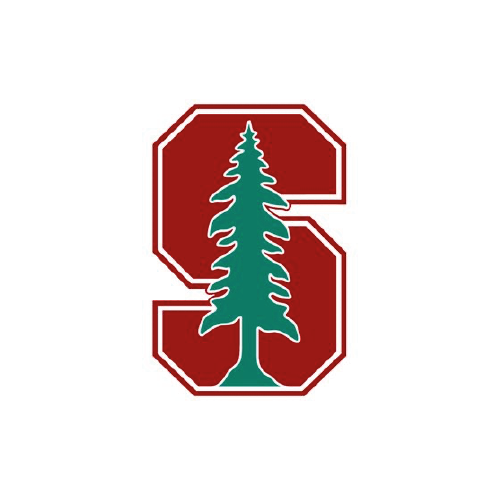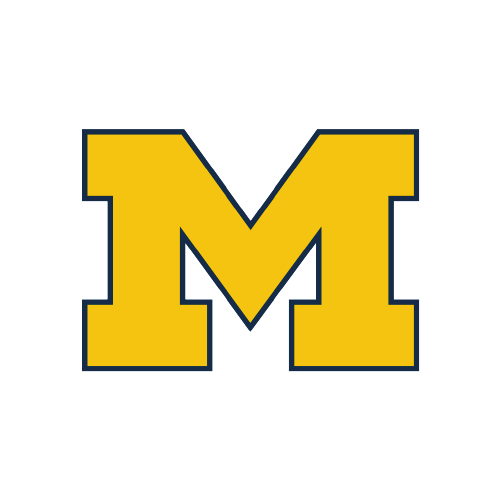
Your Swimming & DIVING JOURNEY Starts Here.

We help aspiring athletes get discovered for college swimming and diving scholarships
40,000+Athletes
$2.4 BILLION Scholarship Deals Secured
NCAA Certified
2,000 University Partners
FirstPoint Alumni

Academic and Sporting Preparation
Targeting University Programmes
Connecting with College Coaches
Ongoing Pastoral Care
Imagine this:You, gliding through the water in the United States, living your dream as a college swim and diving athlete. At FirstPoint USA, we don’t just imagine it—we make it happen.
We are the world’s leading college swimming and diving consultants, helping college coaches build winning teams by discovering talented athletes around the globe.
With a hands-on, personalized approach, we’re with you every lap of the way. From managing your recruitment process to showcasing your talent to our vast network of college swimming programs, we’ll ensure you stand out from the competition.
Founded by Andrew Kean, a University of Cincinnati Hall of Famer, FirstPoint USA was created by athletes, for athletes. We understand the dedication, discipline, and drive it takes to excel—because we’ve been there ourselves.
This isn’t just about swimming and diving—it’s about securing your future, both in and out of the pool.
FirstPoint USA: Your college journey starts here.
Register your interest today and take the first step toward your future.
Experience life as a college swimmer and diver
Testimonials
Honestly, it was the best decision of my life. I am so happy I took that leap of faith. FirstPoint USA were amazing at guiding me through the whole process of becoming a student athlete in the states.
Zack Beazley
From the start of the process through to the end, FirstPoint USA’s service was first class and I’m so grateful for the work they did in securing me a place at Wisconsin, one of the leading teams in the country. The team are so knowledgeable, and the Talent Management team did a brilliant job in connecting me with some great coaches. They watched me play, they’re very proactive and it felt very personalised to what I needed.
Julian Kuhr
In a very short space of time he’s had his first offer of interest. FirstPoint USA have been brilliant - no waffle, straight talking about the reality of what happens and quick to act when we’ve had any queries.
Hilary Bolton
Frequently Asked Questions
Not all US colleges that are eligible to offer scholarships will choose to do so. For example, Ivy League schools choose not to offer athletic scholarships. Swimming is an equivalency sport, which means all scholarships are not full scholarships, and coaches may divide the total number of scholarships allotted to them between as many athletes as they wish. Swimming and diving share scholarship money, which means that they must divide up the scholarship amount in between both sports. Some swim teams choose not to have a diving team so that they can focus their scholarship money on swimmers.
- NCAA Division I has 199 colleges offering 14 Scholarships per team.
- NCAA Division II has 106 colleges offering 8.1 Scholarships per team.
- NCAA Division III has 259 colleges with athletic scholarships per team.
- NAIA has 36 colleges offering 8 Scholarships per team.
- Junior College has 65 colleges offering 15 Scholarships per team.
Many families ask how much the average women's college Swimming scholarship is. Unfortunately, that's pretty difficult to pinpoint. Women's Swimming is an equivalency sport, meaning that coaches are not required to give out full scholarships to their athletes and can instead break them up however they want. So, for a D1 team with 28 roster spots, a coach could give out 14 full-ride scholarships, or 28 scholarships that cover half the tuition.
Additionally, the cost of tuition at each college and university is going to vary. An in-state student at a public university could pay close to $10,000 a year, while an out-of-state student at a private university could pay $60,000 a year. Trying to find an average women's college scholarship amount doesn't account for those differences in tuition. Furthermore, not all athletes receive scholarships all four years of their college women's Swimming career. Instead of trying to determine what the average scholarship amount is, we recommend families first figure out how much they are willing to pay for four years of college. Then, while going through the recruiting process, student-athletes can compare offers based on their family's expected contribution-the amount they will pay out of pocket after factoring in all scholarship dollars.
College swimming coaches are looking for athletes who work just as hard in the classroom as they do in the pool. The swimming recruiting process is about being able to show improvement over the course of your high school career with clear potential.
These are the general guidelines for what coaches look for in a swimmer. If you don’t have the times yet, it doesn’t mean you can’t swim at that level, only that these are the averages. If you want to know if you are good enough to swim at a specific college, check their team website to see what times their swimmers are posting at meets. The following times are short course times and in yards.
- 50 Free
- <25.0 in NCAA DI
- <26.5 in NCAA DII
- <28.0 in NCAA DIII / NAIA
- 500 Free
- <5:06 in NCAA DI
- <5:18 in NCAA DII
- <5:32 in NCAA DIII / NAIA
- 100 Back
- <1:00 in NCAA DI
- <1:02 in NCAA DII
- <1:06 in NCAA DIII / NAIA
- 100 Breast
- <1:12 in NCAA DI
- <1:15 in NCAA DII
- <1:17 in NCAA DIII / NAIA
- 100 Fly
- <0:59 in NCAA DI
- <1:02 in NCAA DII
- <1:07 in NCAA DIII / NAIA
- 200 IM
- <2:10 in NCAA DI
- <2:16 in NCAA DII
- <2:24 in NCAA DIII / NAIA
The number of scholarships available varies by division level. Finding the right fit for you comes down to looking at scholarship opportunities and where your abilities fit.
Live, study and play with top US Institutions












